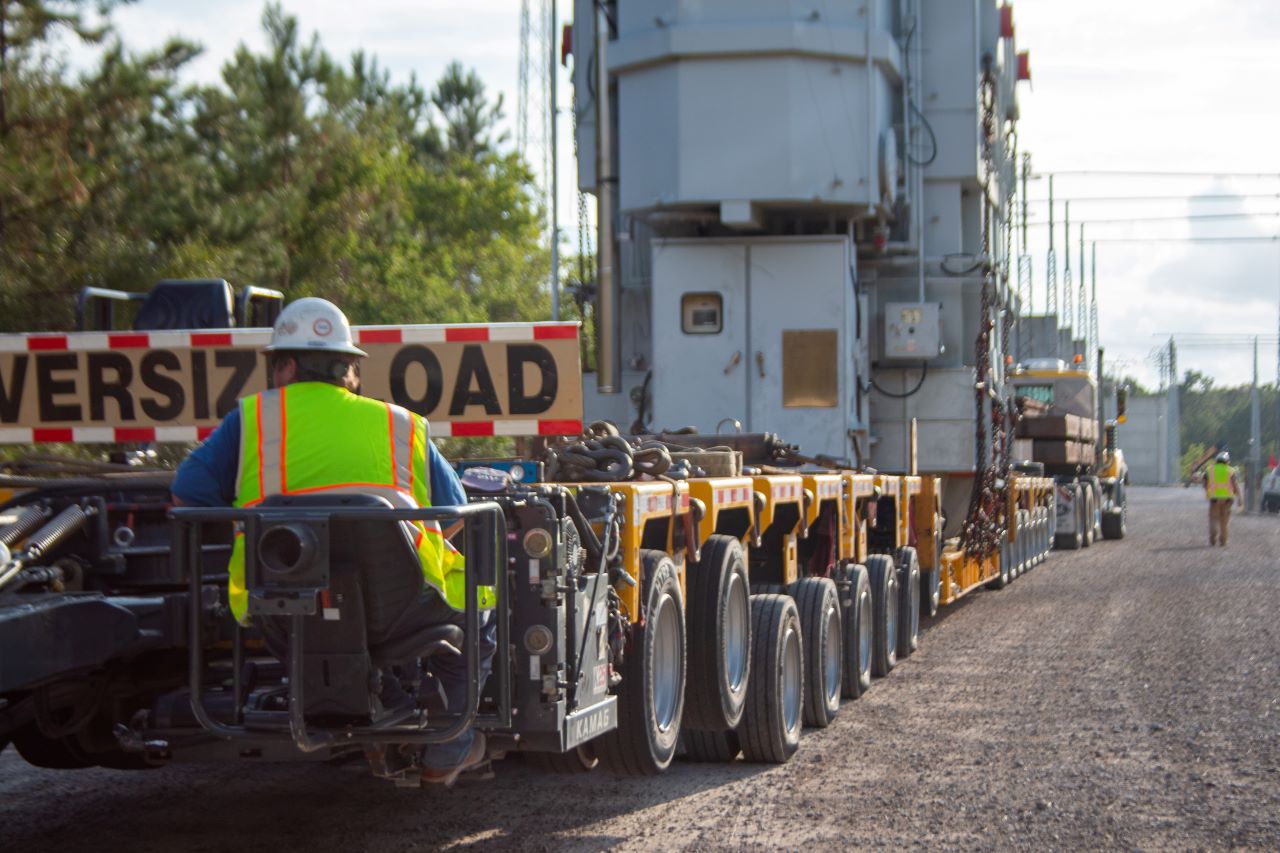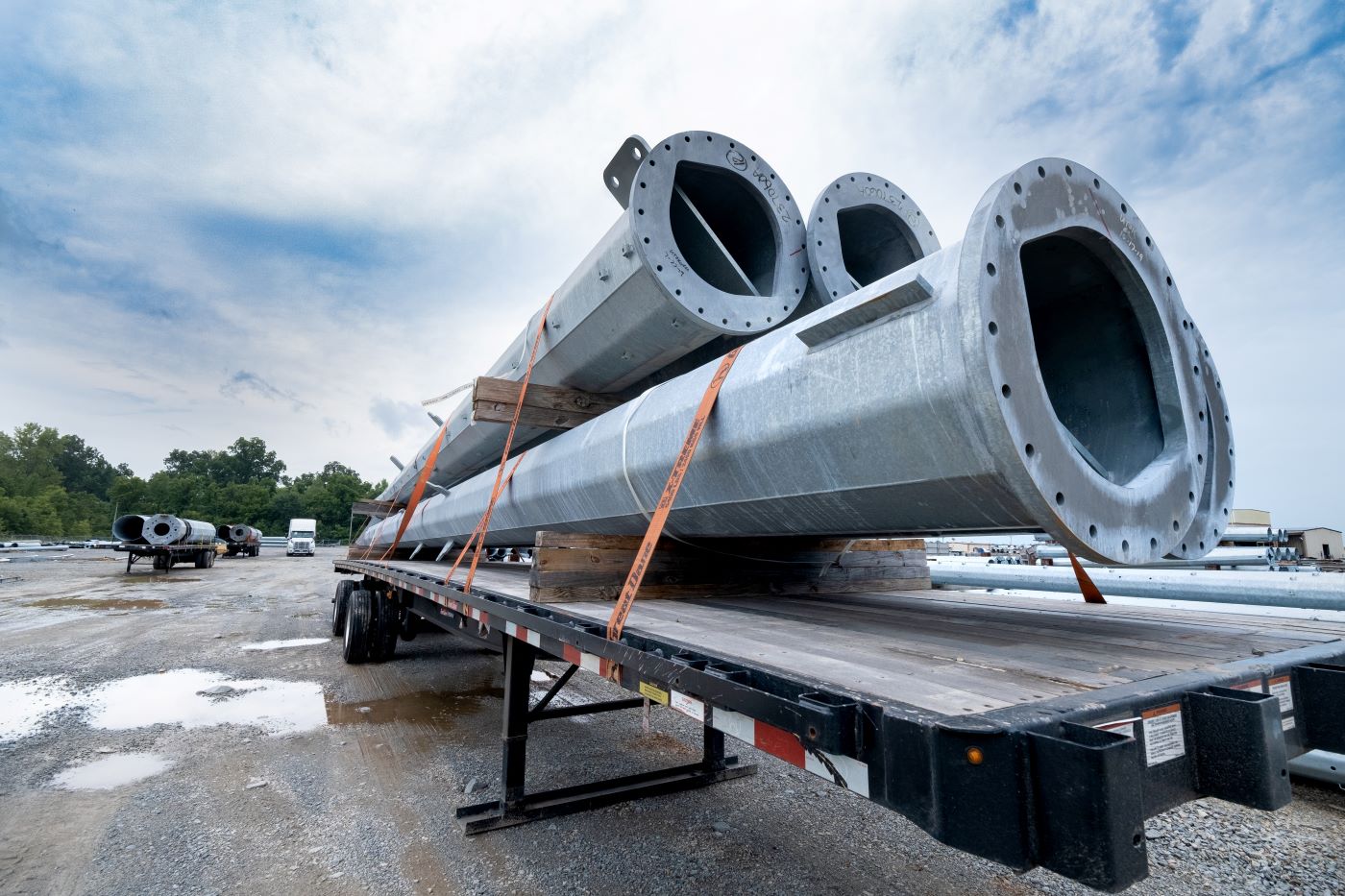Insights > Rebuild and Restore…In for the Long Haul
Rebuild and Restore…In for the Long Haul
09/22/2020

When monster storms ravage cities and towns, destroying the energy grid that connects homes and businesses, hospitals and government buildings, schools and industries, an army of restoration workers can be counted on to descend upon the area, working feverishly to rebuild and restore the infrastructure needed to bring a community back to life.
In the case of Hurricane Laura, the devastation to Entergy’s infrastructure was catastrophic. The storm caused 616,000 outages at its peak and impacted a total of more than 910,000 customers in Texas, Louisiana, Mississippi and Arkansas. The brotherhood responded to our cry for help. Through our mutual aid agreement, Entergy mobilized the largest restoration workforce in company history. Some 25,300 workers came from 31 states.
A “mutual assistance” agreement is a voluntary partnership of electric companies from across the country to help speed restoration. It is an essential part of the electric power industry’s restoration process. But it’s not enough to get boots on the ground. Utilities must also be able to get the equipment needed to repair or rebuild the grid. Getting these massive amounts of supplies is no easy task.
The Supply Pipeline
With more than 300 substations out, some 1,900 transmission towers crumpled, 30,000 spans of distribution wire down and more than 14,000 broken distribution poles, the challenge to rebuild is not only the time it takes to get everything back up and running. Rather, it is locating the materials needed to get the job done. Very rarely do companies have a large stock of electrical infrastructure stored away. So, Entergy had to source these materials. The company cast a wide net, even looking worldwide for potential sources of transmission equipment. Once again, other utilities came to the rescue.
Keep on Truckin’
“Entergy secured 44 500-kV transmission H-frame structures and 26 anchor bolt cage foundations from Florida Power & Light,” said Scott McCann, Entergy senior manager of warehousing, inventory and logistics. “These structures, which support 500,000-volt lines, are massive, weighing about 80,000 pounds. It takes four 18-wheeler trucks to transport each one and a partial truck for the anchor bolt cage.”
McCann said several other utilities provided equipment. The company purchased cable and wire from Ameren, headquartered in Missouri. Splices, connectors, hardware and transformers came from Centerpoint Energy based in Houston. Duke Energy Carolinas provided cable and transformers. And American Electric Power of Ohio had the transmission hardware that was needed. Finally, Dallas-based Oncor Electric had the capacitors, regulators, transformers and some of the poles that Entergy required.

Pole Power
But power poles were another story. Entergy uses Class 1 distribution poles along main feeder routes in hurricane-prone areas. These are manufactured to stringent national and company specifications. Not all utilities use these storm-hardened poles, and there weren’t enough available to replace the roughly 14,000 that Entergy needed. So, the company turned to T&C Distributors. Based in south Mississippi, T&C has mills in the nearby towns of Picayune and Wiggins and one in south Alabama.
In a typical year, the distributor manufactures 45,000 to 50,000 poles for Entergy’s use. When storm season approaches, however, T&C has a plan in place to be able to respond to utilities’ needs more quickly. First, they begin to dry a lot more wood than usual in advance. Then, when a storm threatens, they start the manufacturing process.
“At the mills, we receive the logs, debark them, Entergy inspects them and then they go to a kiln to dry for three to six days,” said Jimmy Howard, T&C Distributors vice president. “We then drill out Entergy’s unique hole pattern and treat it to the company’s specifications. Entergy inspects it again, then brands it with their logo.”

“Each truck can hold about 17 Class 1 distribution poles, and the trucks are the key to the whole process,” said Howard. “We use special boom trucks that can unload the poles. During the height of this restoration, we had 40 to 75 trucks a day delivering poles around the clock to Entergy’s staging sites.”
All of this effort resulted in the restoration of 411,532 individual outages in Louisiana as of Wednesday, September 16--the same day Hurricane Sally made landfall in Gulf Shores, Alabama. While the storm spared Entergy customers, it caused massive outages in that part of the Gulf Coast.
As crews continue work in Louisiana, now restoring power to 910,000 customers, or 99%, out due to Hurricane Laura, other utility workers are responding to those who lost power due to Hurricane Sally.
Meanwhile, Hurricane Laura will go down in the record books as the strongest storm to hit Louisiana since 1856. It is also tied for the fifth strongest to make landfall in the continental U.S.

